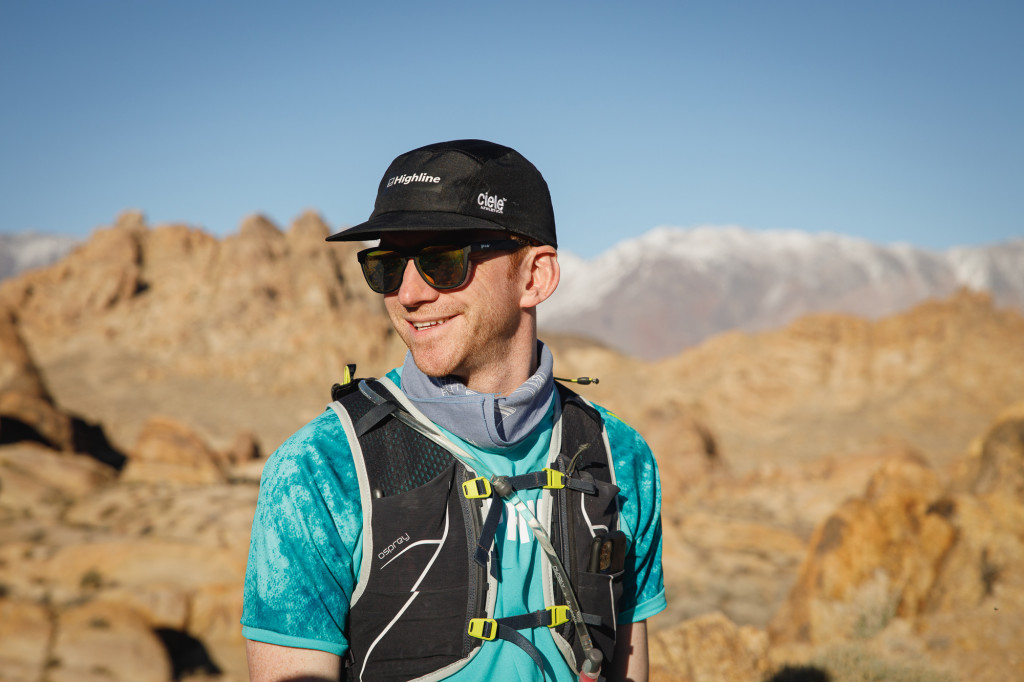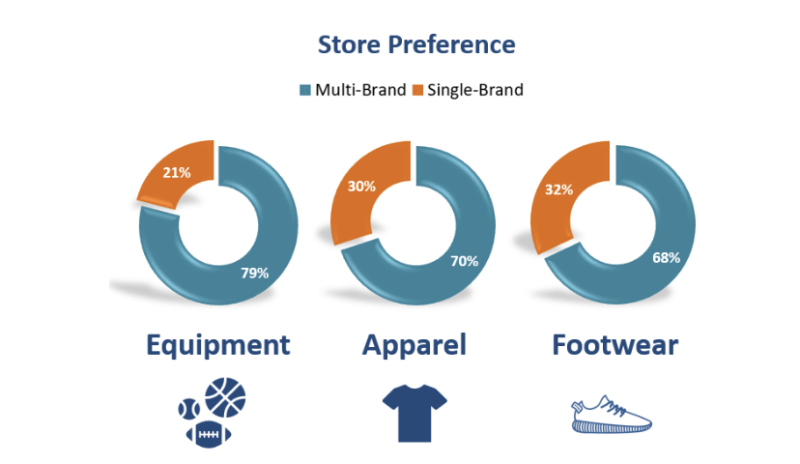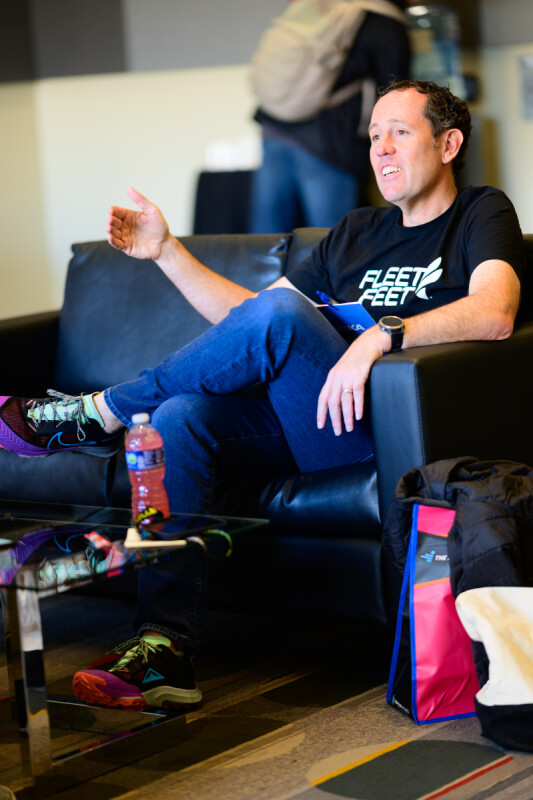Running Insight: How’s 2020 been for you? Looking forward to turning the calendar to 2021 yet?
Ryan Callahan: Like everybody, 2020 has been complicated and difficult for us. I think it was a shock to the system for our industry and will be for quite some time. I’m excited for 2021, but I was also excited for fall at one point, so I’m not circling any specific date on the calendar that I’m looking forward to.
With so many events cancelled in 2020 and now into 2021, how have you been able to adapt?
We are doing everything we can. I think one thing that has been a bright spot is that the overall economy hasn’t collapsed on the level that some people were worried it might. You look at a company like Peloton or how running stores have been performing since re-opening and you see that there is as much interest in being active as ever before, it just looks different right now. Even though we can’t gather in large groups at a race, there is clearly opportunity out there.
How so?
We are looking at ways to give runners opportunities, but looking at the why more than the how. The how is impossible right now. We aren’t gathering thousands of people at start lines anytime soon.
So what is the why?
The why remains: runners want to run, they want to connect, they want community and they want to connect their running journey to something bigger. We are focusing on this both with our own events and with our clients. How do we take the why and re-work our offerings to give runners new kinds of options right now while we wait for a return to normal.
How can the race business ever recover from what has been a disastrous year?
Look, some of what is happening is just a massive acceleration of trends that were popping up pre-COVID. The industry was a little overstretched in the last five or six years. The bad news is a lot of races are going to go away for good or won’t come back the same. The good news is I think runners will still want to race, maybe even more than before at some point, and so supply will need to be there. People who stick with it and are able to ride this out will be able to recover because there should be more opportunity.
How do you do that?
You need to stay lean and innovative right now and then be ready to ramp up fast as soon as you see the opportunities come back.
Has any good come out of all this?
People have had to really sit down and ask a lot of hard questions about their business and have had to adapt accordingly. I don’t think that’s a bad thing. We think about our business all the time, but we never have time to really reflect and change accordingly. This has forced us to take the time to think really hard about our value proposition to our runners and I think that will make us all stronger on the other side of this.
What trends that began in the COVID-19 environment do you see continuing as the running world returns to a next normal?
The buying local thing will stick a bit more this time around. I don’t think many people in society like that Amazon stock is up more than 50 percent since this happened and their favorite local shops are closed, going out of business, or downsizing. I think the connection between how buying local really impacts your neighborhood has been more obvious than ever before and my hope is that people become more thoughtful about how their purchasing decisions affect their community.
How do you spend your days as we begin to (hopefully) emerge?
I spend most of my days vetting ideas and trying to find new revenue opportunities that are driven by what runners actually want and not what I wish they wanted. We planned a pretty successful real-life event called Rundiscover that sold well in Philly, our hometown. The event balanced social distancing and flexibility, but required runners to run real-life courses that had to be completed locally. I spend most of my days thinking about how we can scale ideas like that or what other opportunities are there to create value for runners that isn’t a simple “run a distance and we’ll send you a medal” virtual event.
So any advice to the running business – and our run specialty retail readers – on how to survive in this business and social environment?
Don’t forget what makes you great. I truly think customers, at least in our industry, are going to care about supporting local more than ever before as things return to normal. You need to show them why that matters and how you fit into the community.
Finally, what do you think happens next for the racing and running businesses?
We will see a gradual return to normal, but I’m just not certain how fast. Racing will obviously take longer because of how difficult it is to host a large-scale event in a safe manner until there is a vaccine. After that I think there will be a period of time where people are just hesitant to be in crowds, maybe three to six months.
And then what happens?
But then I think there will be exuberance and momentum in the space, I really do. People are going to be thrilled to be out racing again and to be part of the race day experience. I don’t know when it will be, but when it happens I definitely want to be in the business of creating finish lines. As long as people want to cross those finish lines, we’ll be in good shape.
Ryan Callahan is president of Runhouse, a marketing and creative agency in Philadelphia that focuses on the run business. www.runhouse.com






